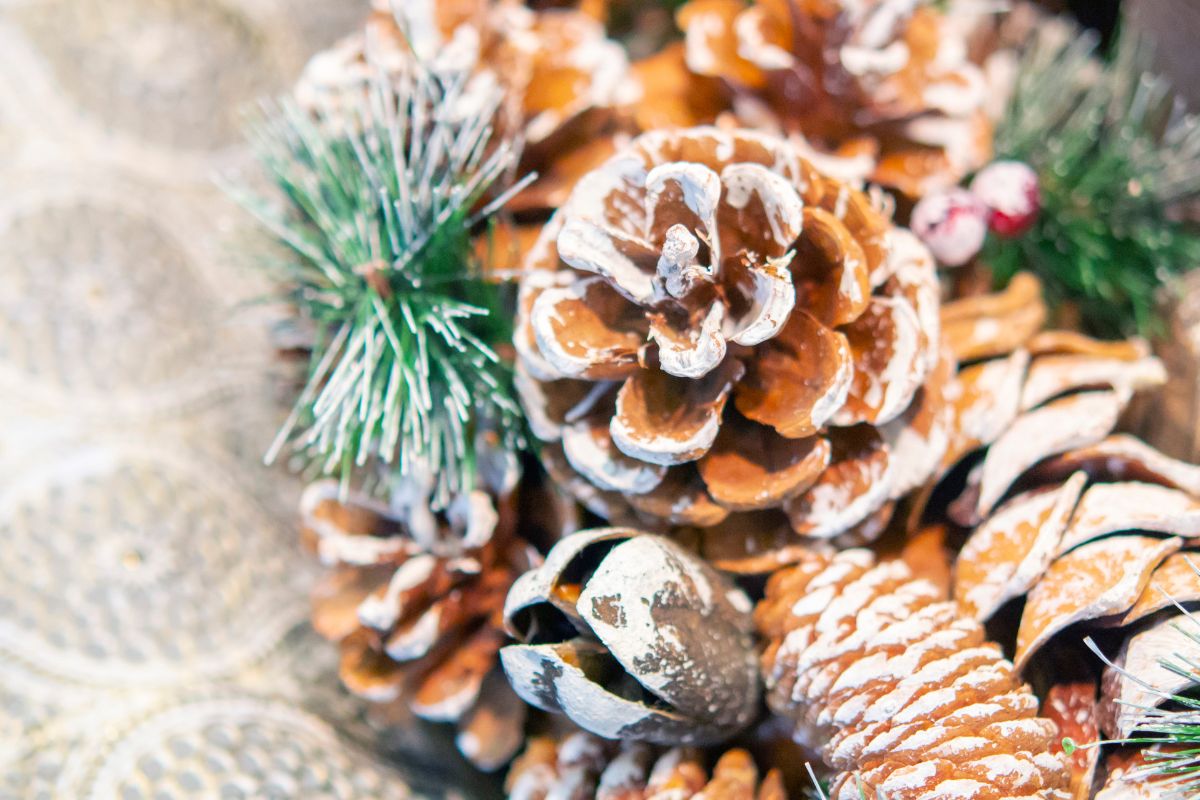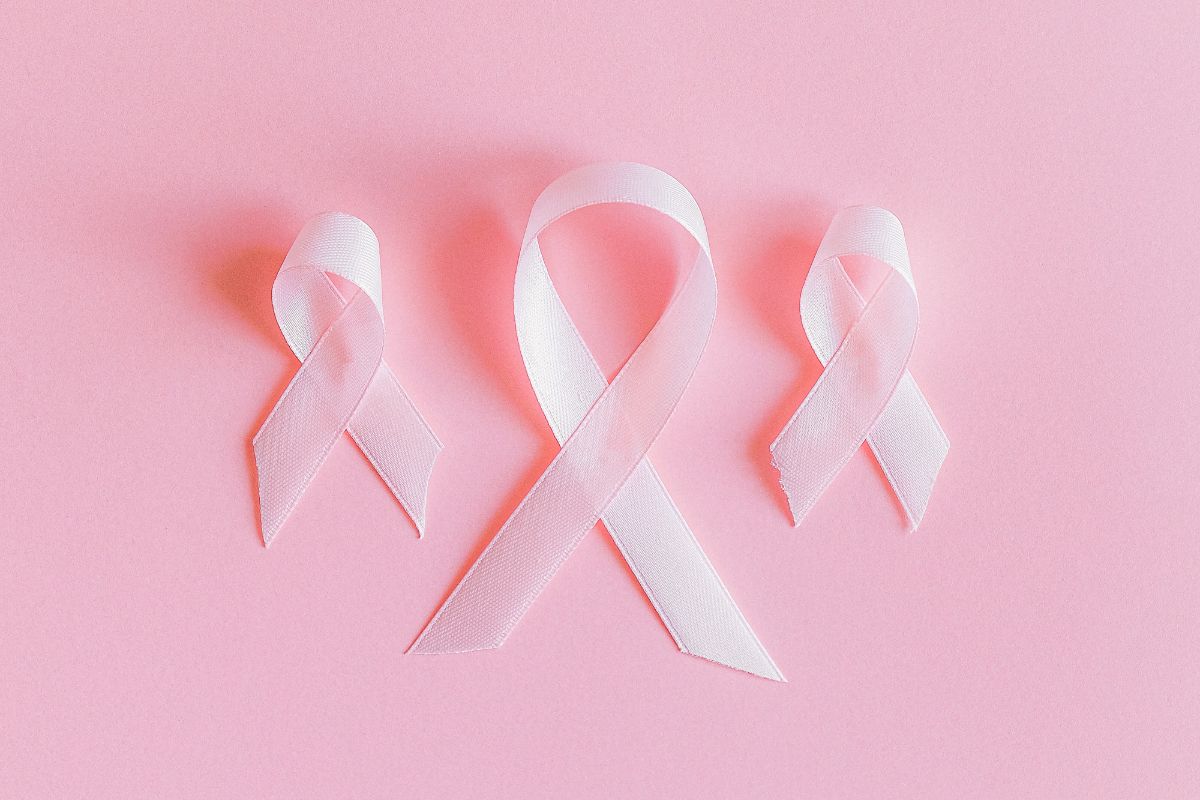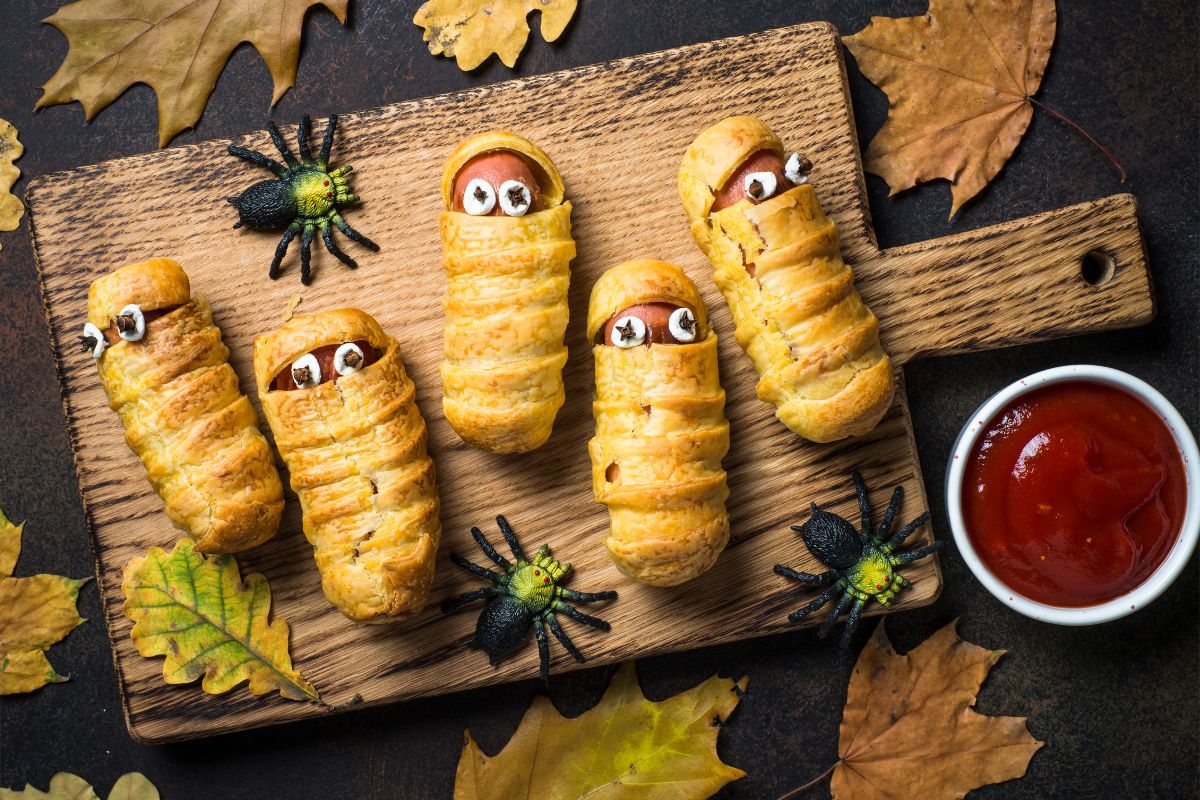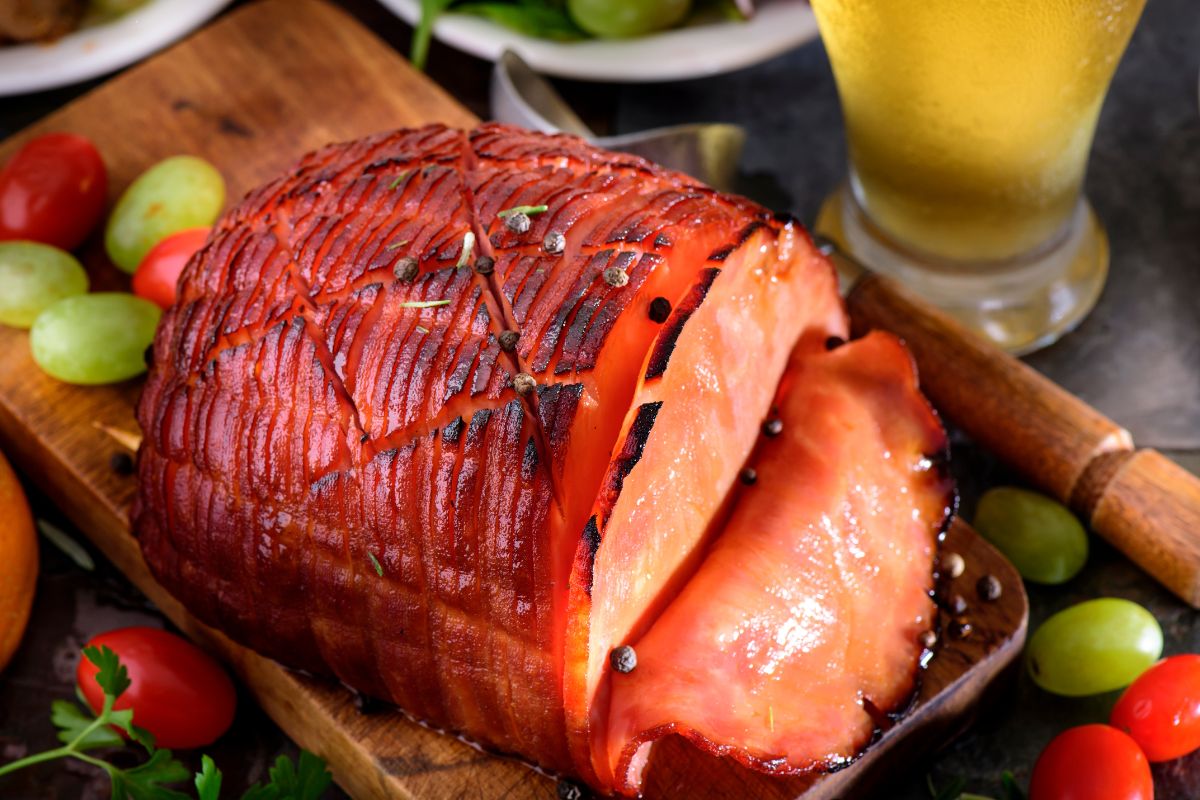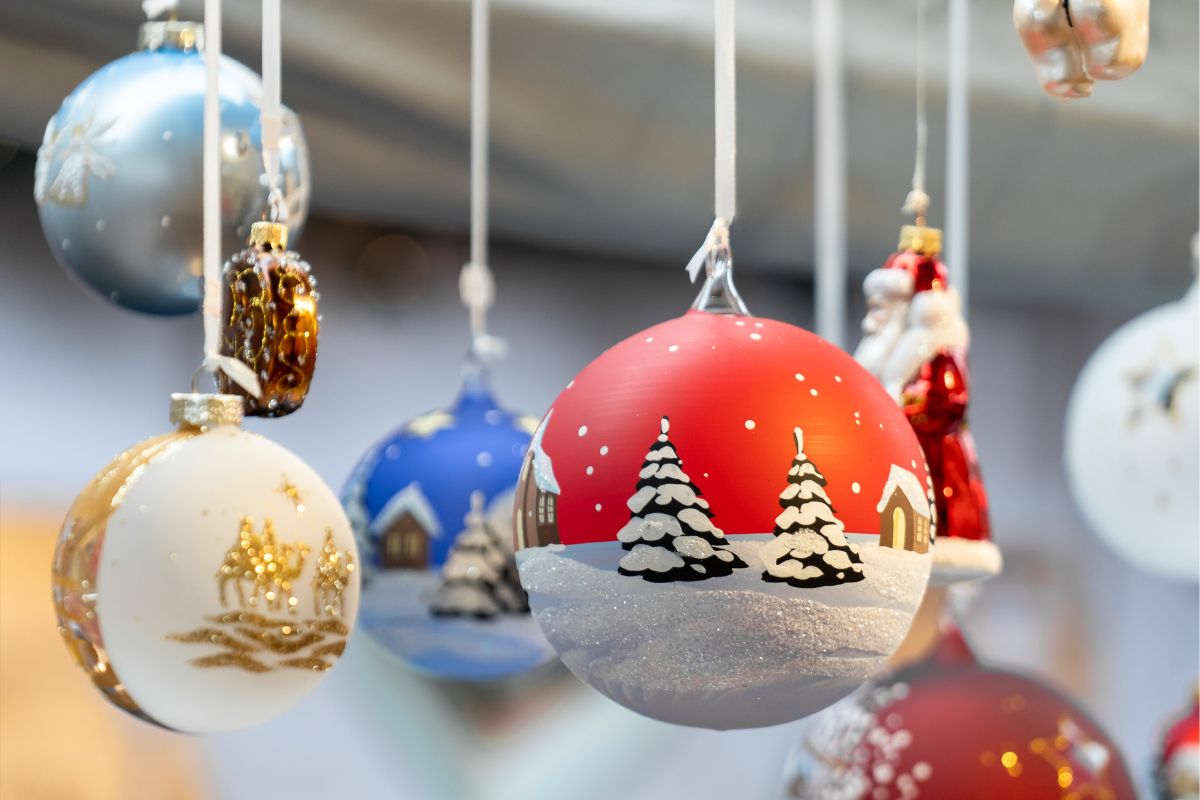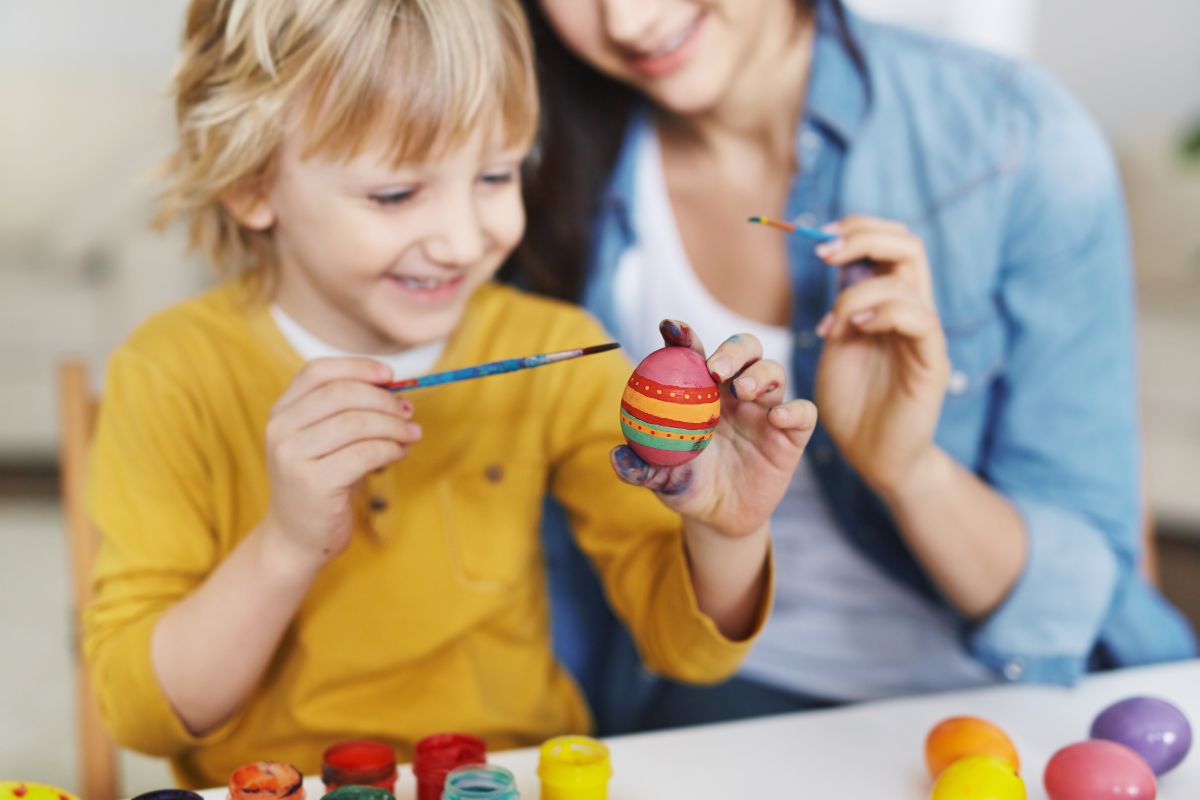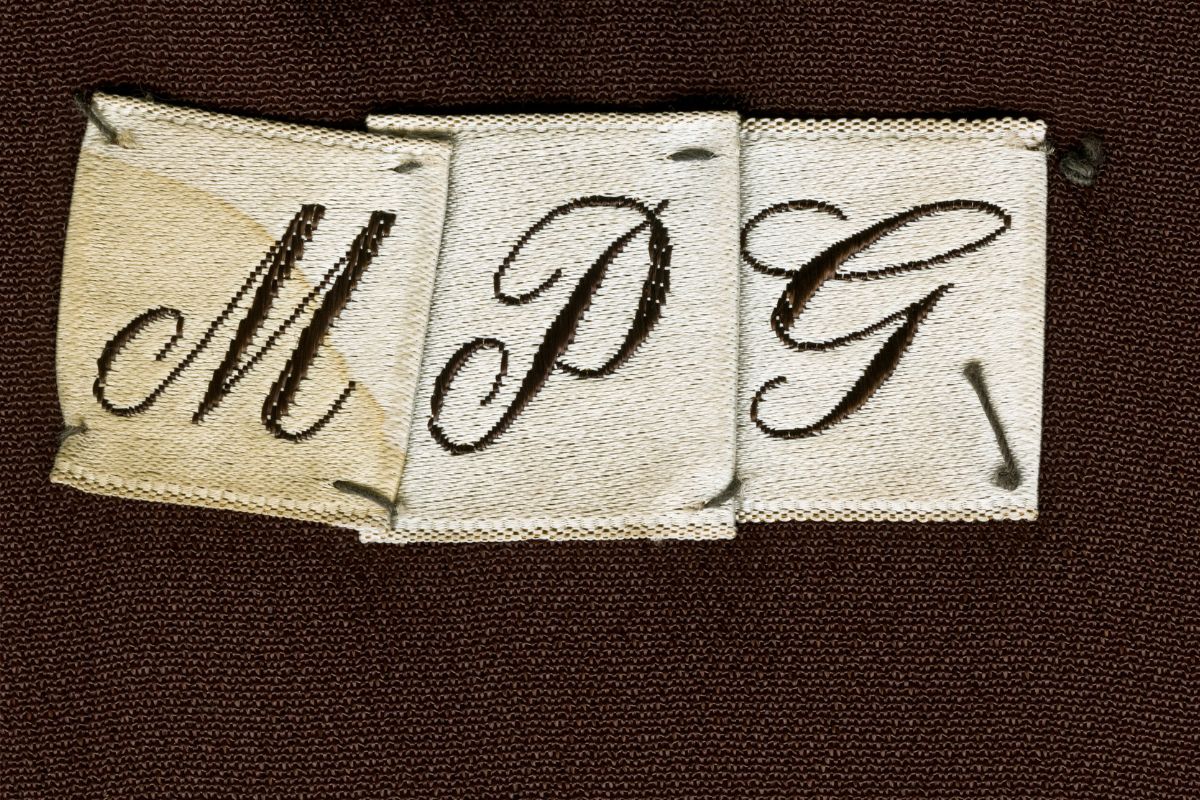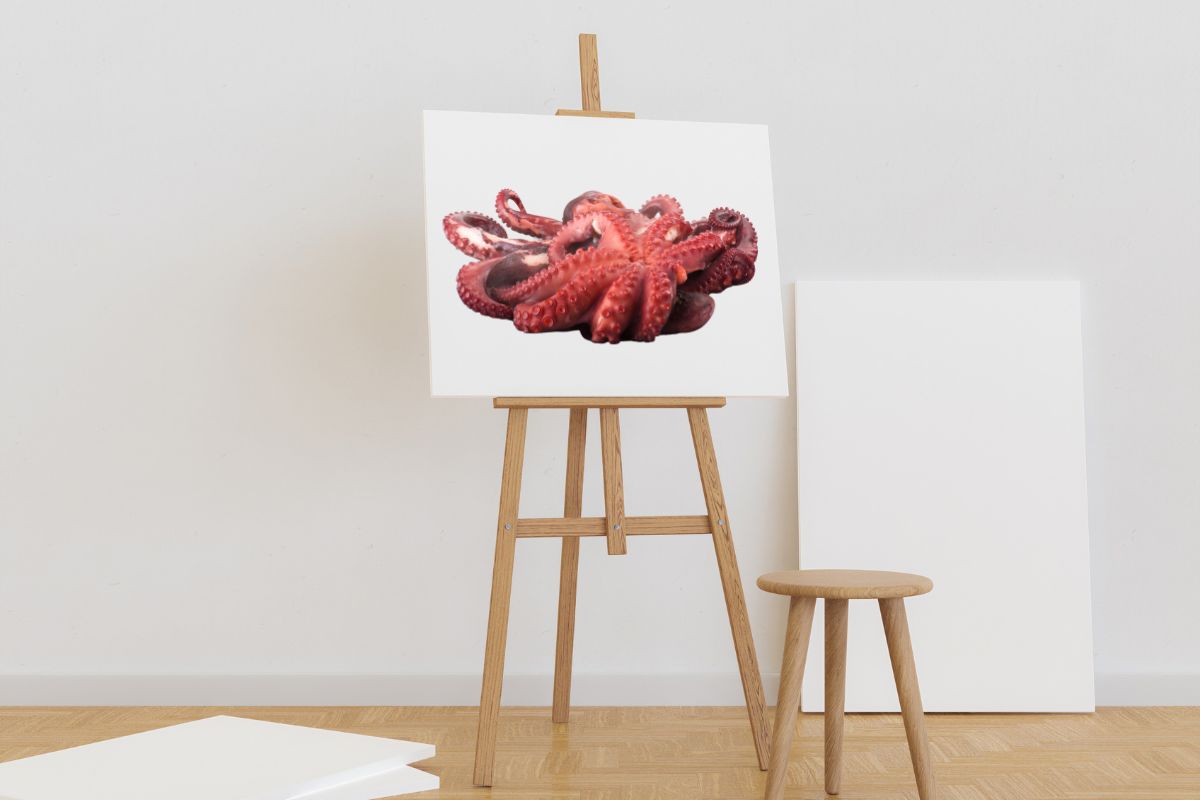A block quilt is a great way to use up all those scraps of fabric you have lying around the house, allowing you to create something that is both beautiful and functional and can be used for years to come.
A block quilt is one of the simplest types of quilt to bring to life, and we have put together everything you know to make your first simple block quilt, whether you are an experienced quilter, or trying to create something for the very first time – read on for all you need to know!
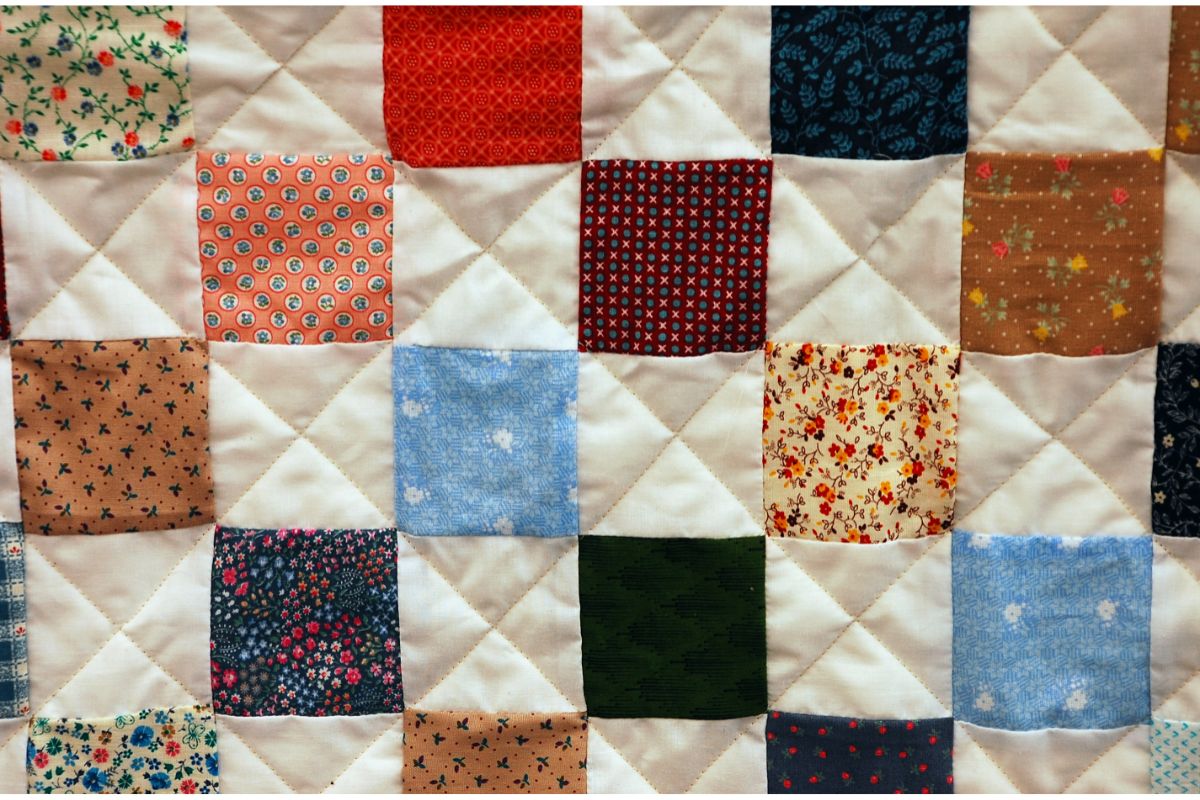
What Is A Block Quilt?
A block quilt (also known as a patchwork quilt) is made by piecing together small sections of fabric into blocks, which are then sewn together in rows to form the finished quilt top.
The size of each block will depend on how big you want your final quilt to be and will depend on your preferred design.
The most basic type of block quilt is called a log cabin quilt, where the blocks are arranged in rows like logs in a cabin.
This style of quilt has been popular since the early 19th century when it was created by American women living in rural areas who wanted to keep warm during the harsh winters.
Another common style of block quilt is the traditional English cottage quilt, where the squares are arranged in a grid pattern.
These were originally designed to be used as bedspreads, with the smaller squares being used to cover the mattress while the larger ones were used to drape over furniture.
You don’t necessarily have to stick to these two styles though, there are many different ways to arrange the blocks in a quilt, so feel free to experiment with what looks best to you.
You may also see some people refer to their quilts as “patchwork” rather than “block”, but this doesn’t mean they aren’t still technically block quilts, just that they are more likely to be made from appliquéd fabrics rather than cut-out pieces of fabric.
What Fabrics Should I Use For My Block Quilt?
There are no hard and fast rules about what fabrics should go into a block quilt, but here are some things to consider:
Fabric choice depends on the look you’re going for. If you want a modern, sleek look, try using black and white fabrics, or even pastel colors.
If you prefer a rustic, country-style look, choose natural fabrics such as cotton, linen, and wool.
If you want to add extra interest to your quilt, you could mix patterns, textures, or prints. You might want to choose complementary fabrics, such as dark blue and light pink, or soft green and bright red.
Or if you want to play around with color, you could combine several shades of the same color, such as gray and navy blue.
Some of the most popular fabrics for quilts include:
Cotton
Cotton is a popular option for many block quilts, and this is largely due to its affordability and ease of use. It can be machine-washed and dried without shrinking, making it perfect for beginners.
However, because cotton is lightweight, it tends to be less suitable for heavy-duty projects such as duvets and blankets.
Linen
Linen is another great fabric to use for a block quilt, as it is both durable and easy to sew. Linen is often combined with other fabrics to create interesting designs, and it can be washed and dried without shrinking.
Silk

Silk is an expensive fabric, but it makes a beautiful addition to any quilt. Because silk is very delicate, it needs to be hand-sewn into place, but once it’s done, it won’t stretch or shrink.
Silk is ideal for creating intricate designs, and it will last forever.
Polyester
Polyester is a synthetic material that is similar to nylon, and it is commonly used in clothing. It is inexpensive, strong, and durable, which makes it a good choice for quilting projects.
Polyester is available in a wide range of colors, and it is generally machine washable.
Wool
Wool is a warm, luxurious fabric that is perfect for adding warmth to your home (see also “Remodel The Master Bath: 7 Wonderful Ideas For Your Home“). Wool is naturally hypoallergenic, so it is safe for those who suffer from allergies.
It is also extremely durable, meaning it won’t wear out quickly, but it can be a little tricky to work with if you are new to quilting.
Felt
Felt is a type of fabric that consists of felt fibers mixed together with acrylic resin. Felt is usually used to make hats, mittens, and gloves, but it can also be used to make quilts.
Felt is relatively cheap, and it comes in a variety of colors. It is also easy to sew, and it can be machine washed and dried.
How To Make A Block Quilt
The first step when making a block quilt is choosing the shape of the blocks you want to make. There are two main types of block sizes: square and rectangular.
Square blocks are made up of four equal sides, while rectangular blocks have unequal sides. Rectangular blocks are easier to cut than squares, and they are more common in traditional quilts.
Once you’ve decided on the size of your blocks, you’ll need to decide how big each one should be.
For example, if you’re using 4″ x 4″ (10 cm x 10 cm) blocks, then each block should measure about 8″ (20 cm). This means that there will be 16 blocks per row, and 32 blocks total.
Once you know what size blocks you want to make, you can choose your fabric and prepare your quilt by cutting out the pieces you need.
You may find it helpful to draw a diagram of your design before starting to cut, so you don’t get confused later on. Once you’ve prepared your fabric, lay it flat and pin it down. Then, carefully cut out each piece.
You are now ready to start sewing! The next step is to join all the individual shapes together, and this is where most people run into problems.
If you haven’t sewn anything before, it’s important to practice on some scrap fabric first. Once you feel comfortable, try joining the blocks together.
When you’ve finished stitching, press the seams open. Now you can add borders to your quilt. Borders are strips of fabric that go around the edges of your quilt.
They can be added at any time after finishing the quilt top, and they come in many different styles.
Some popular border styles include sashing, cornerstones, and binding, and their purpose is to give your quilt an attractive finish.
Final Thoughts
Making a block quilt is fun and rewarding, and building up your skills can be a lot of fun. Take your time and enjoy the process, because once you learn how to make a block quilt, you’ll never look back!
- 10 Fun Snacks To Serve For The Soccer Game - December 7, 2022
- Handmade Mother’s Day Presents (5 Craft Ideas) - December 7, 2022
- How To Make Easter Eggs (With Sharpies) - November 29, 2022

